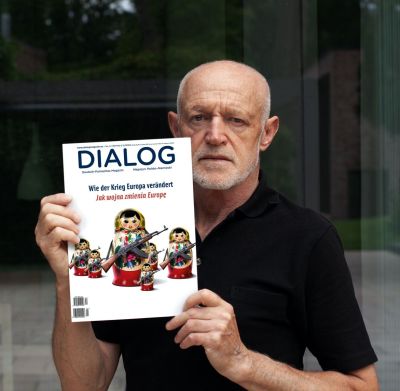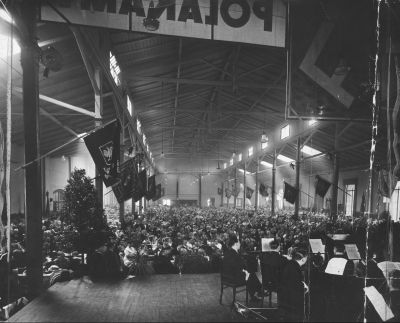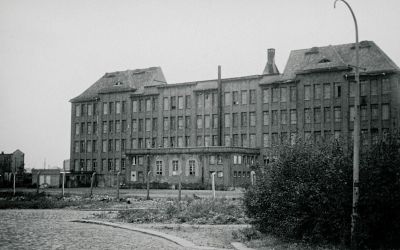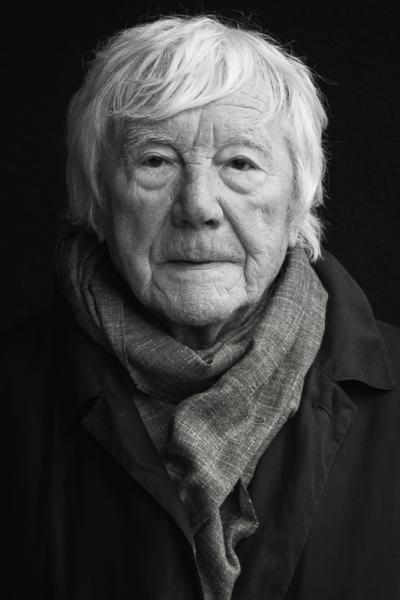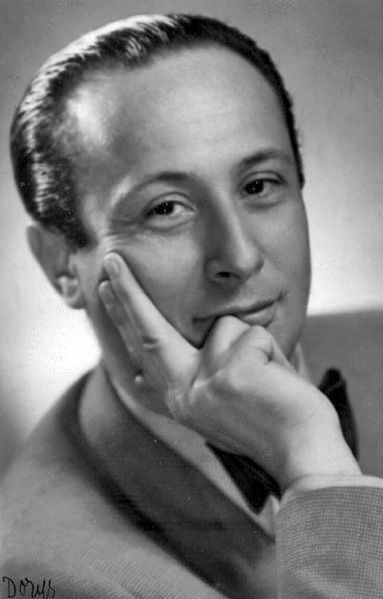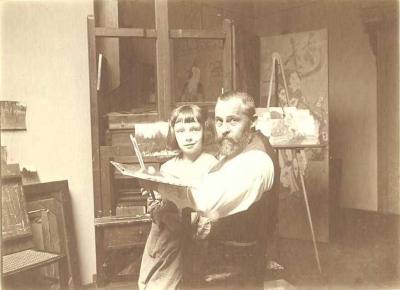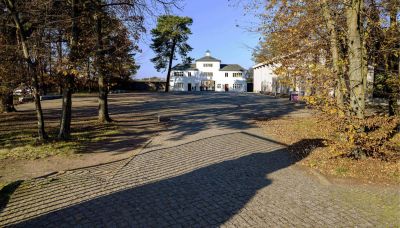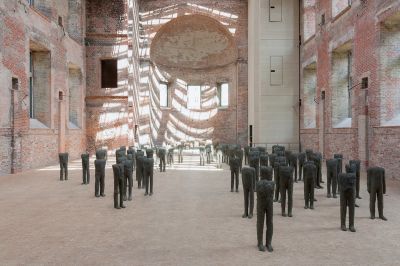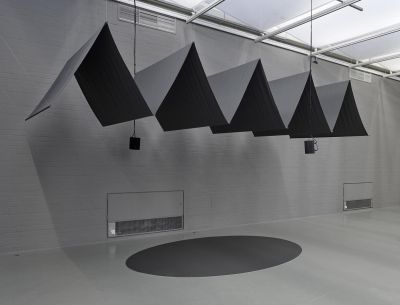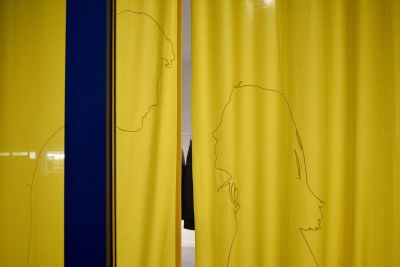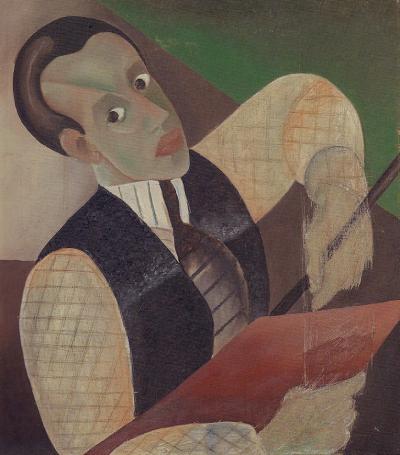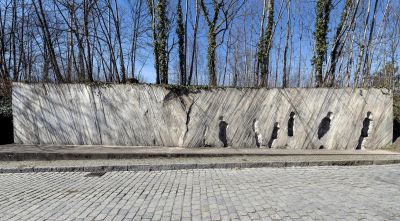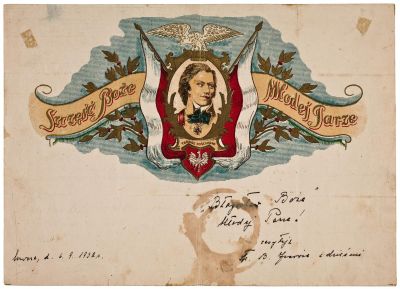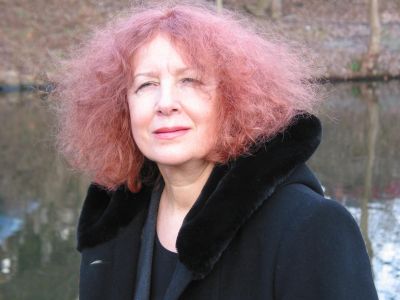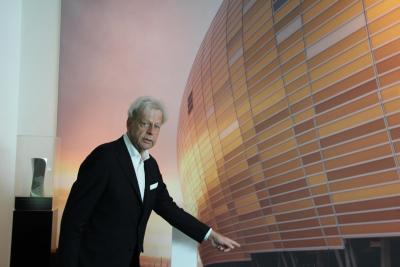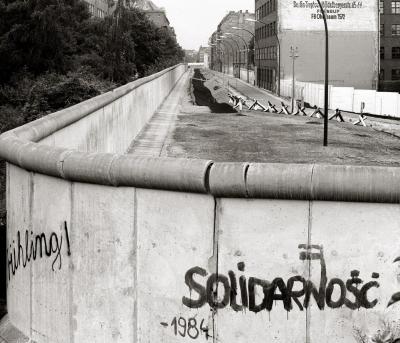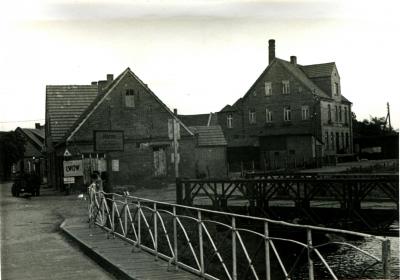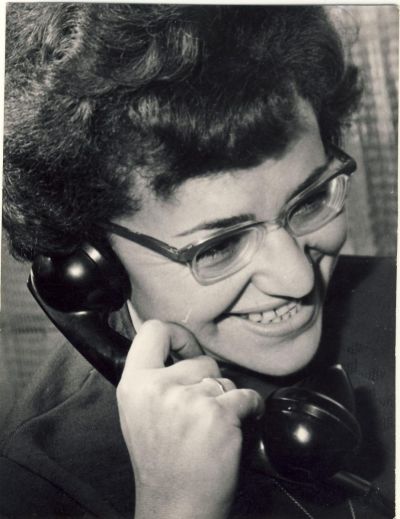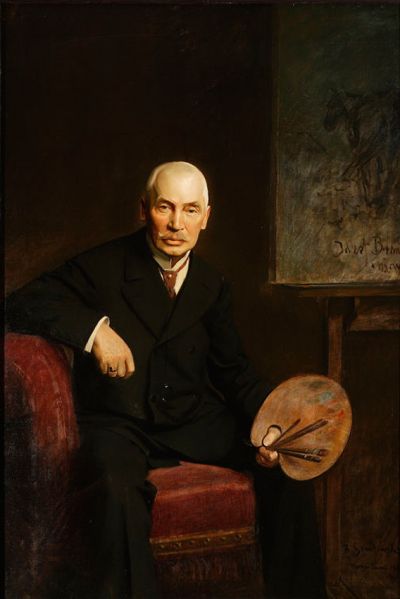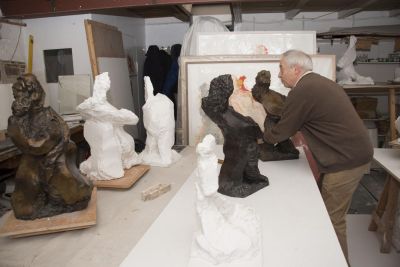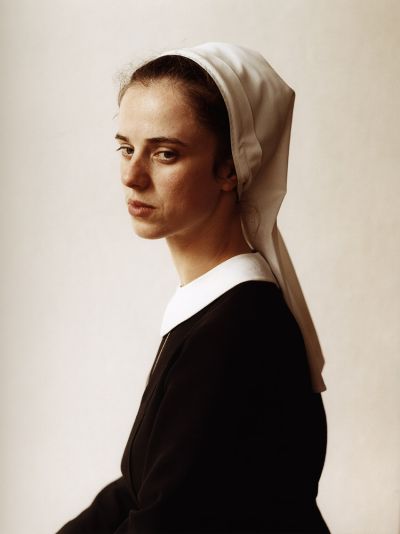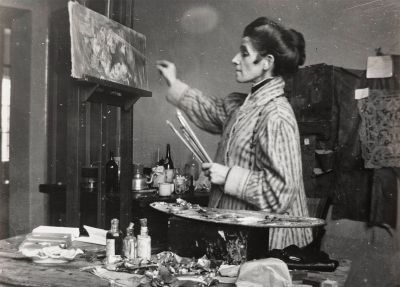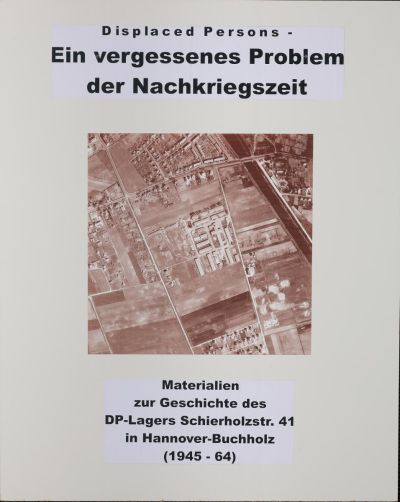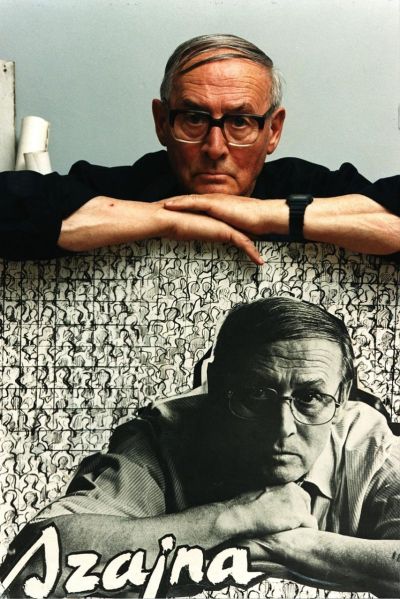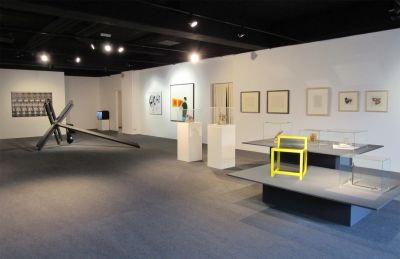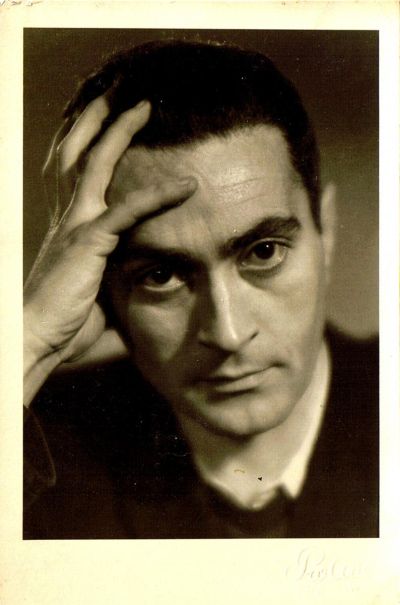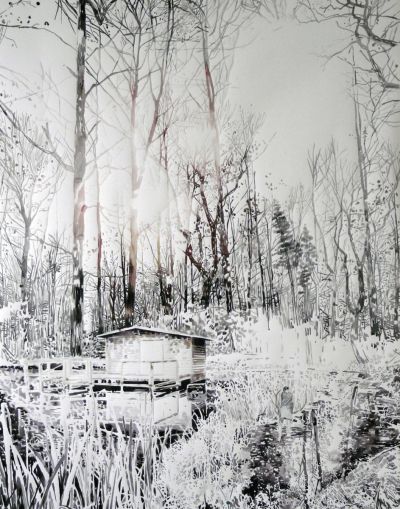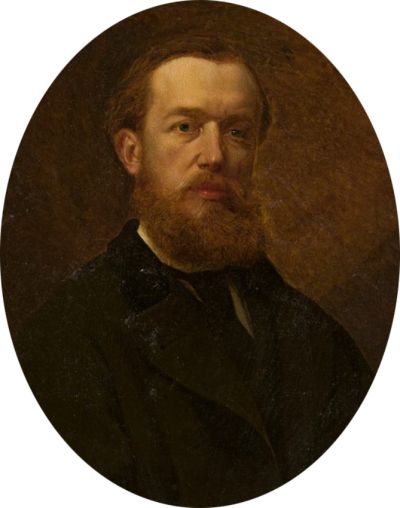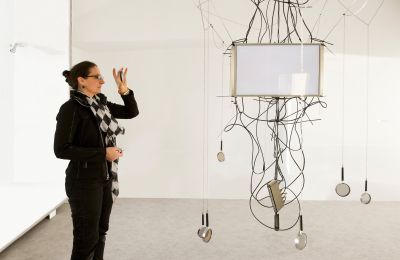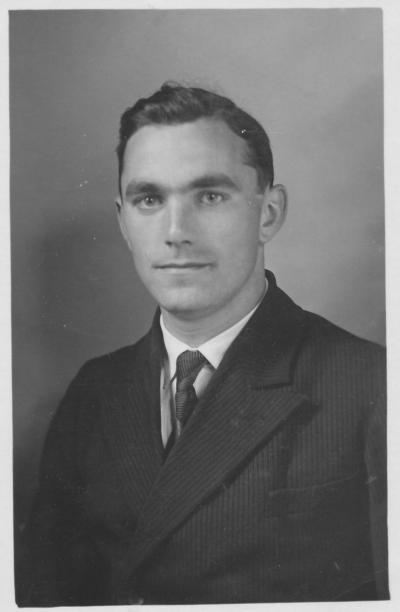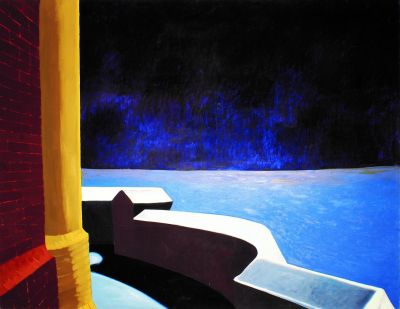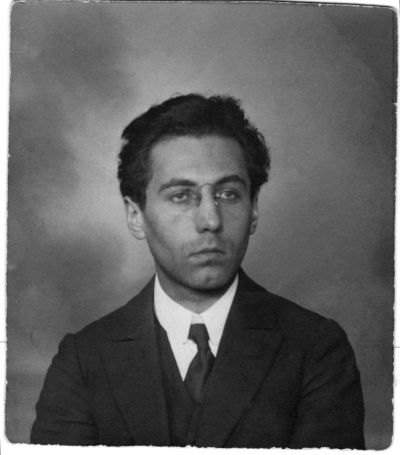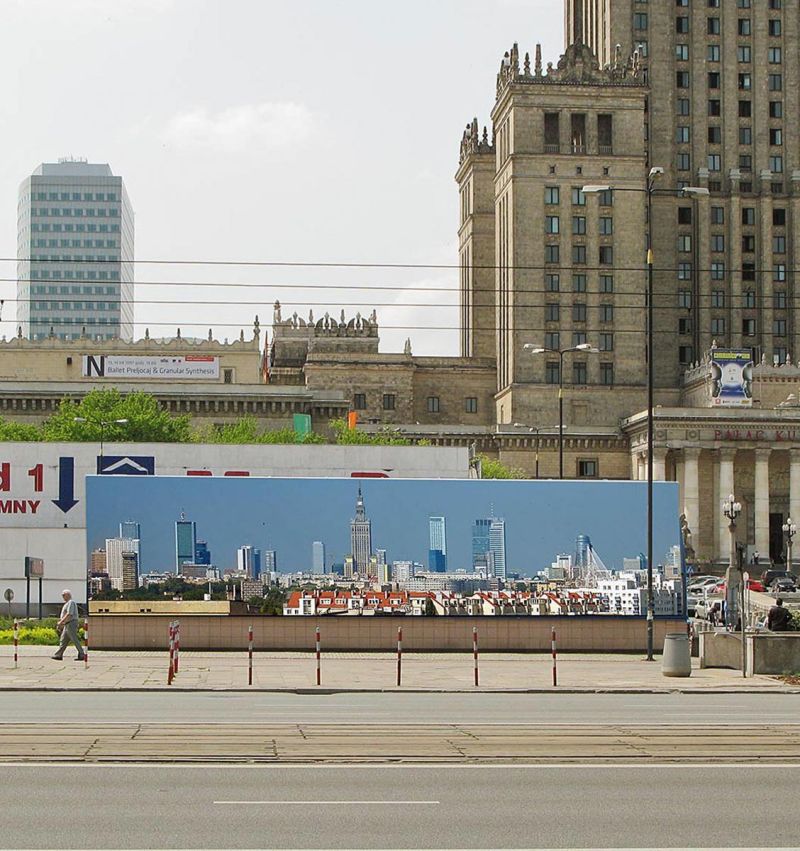Stefan Szczygieł. His photographic and film work
Mediathek Sorted
-
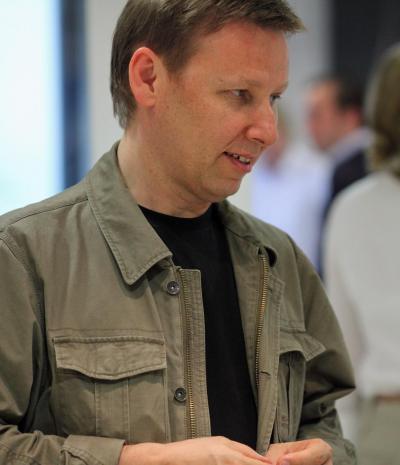
-
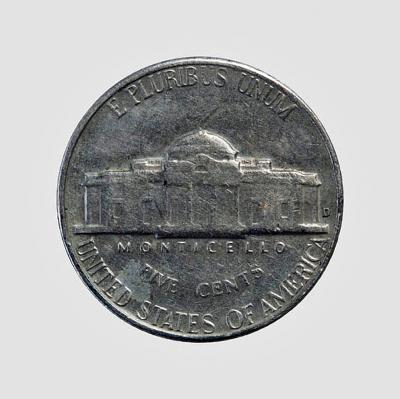
-
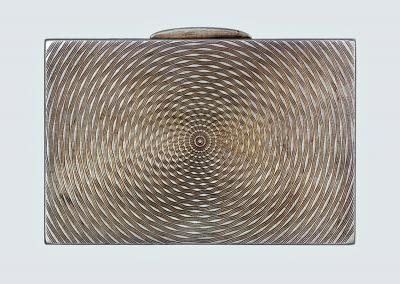
-
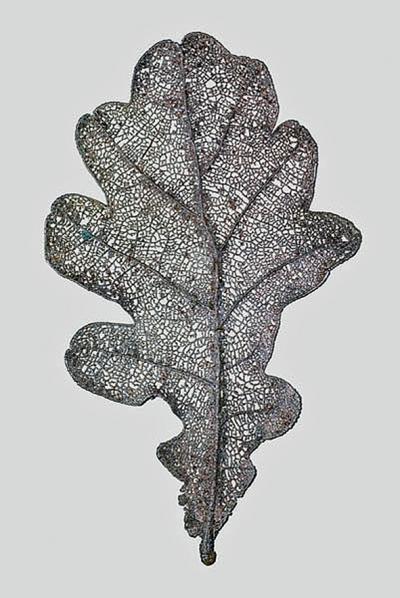
-
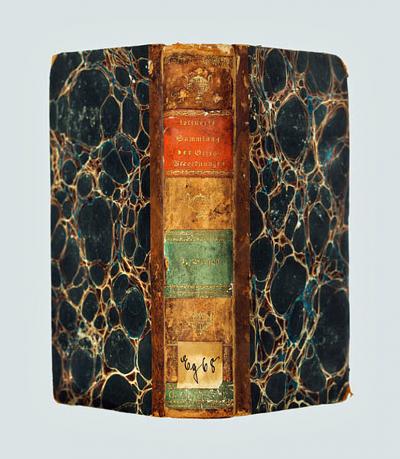
-
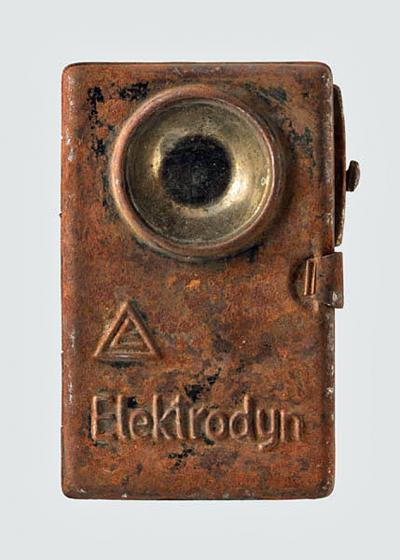
-
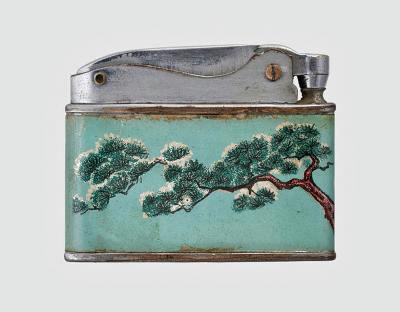
-
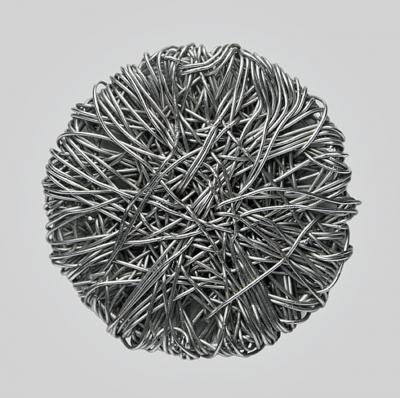
-
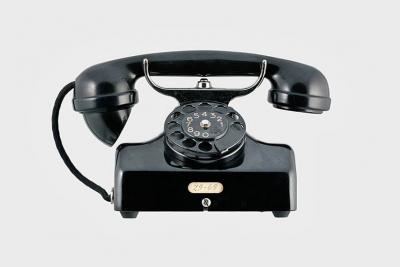
-
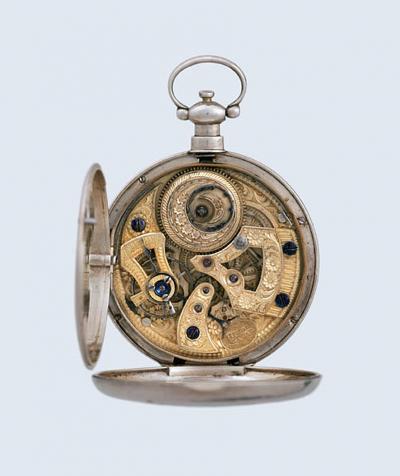
-
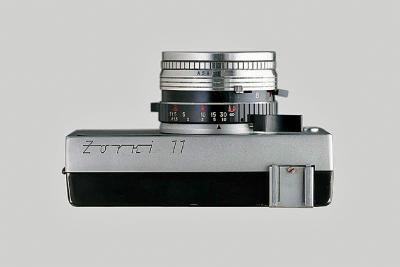
-

-
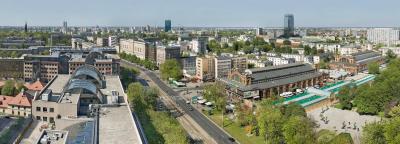
-
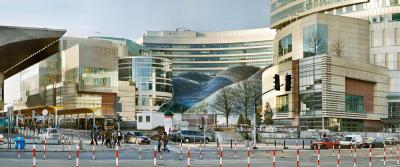
-
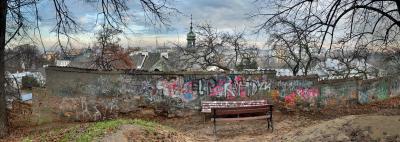
-

-
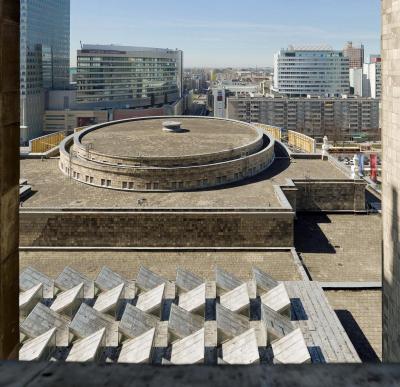
-
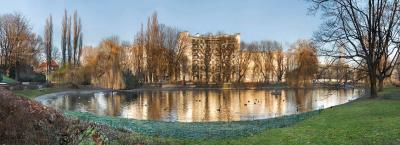
-
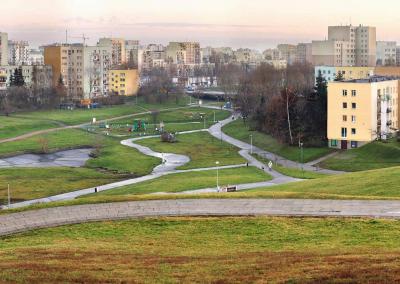
-
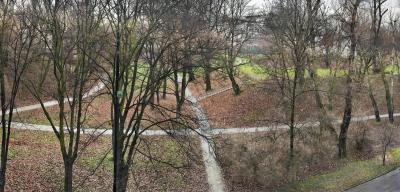
-
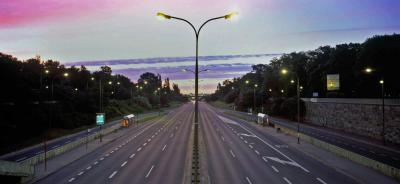
-
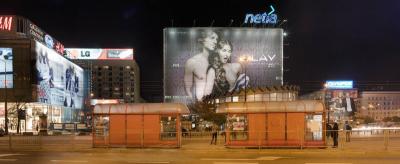
-
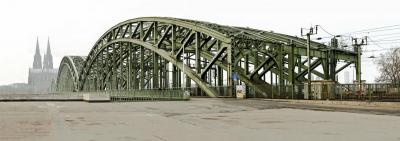
-

-
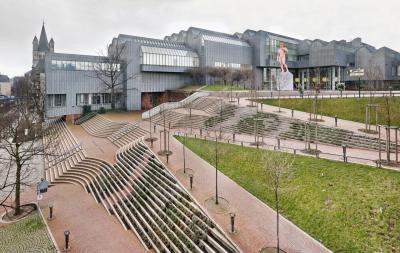
-
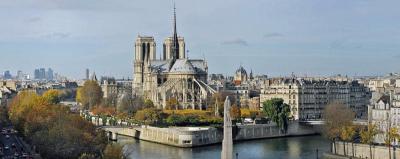
-
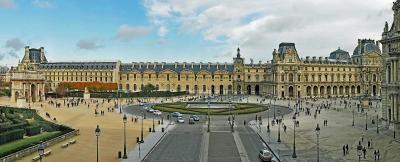
-
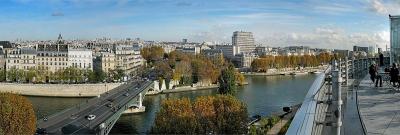
-
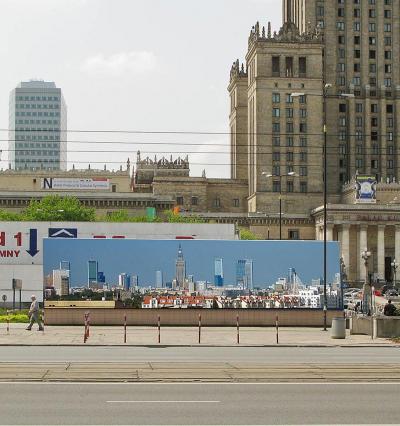
-
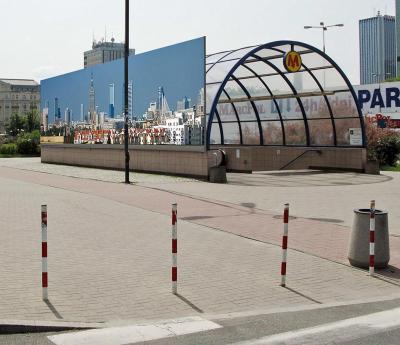
-
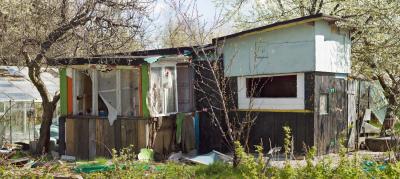
-
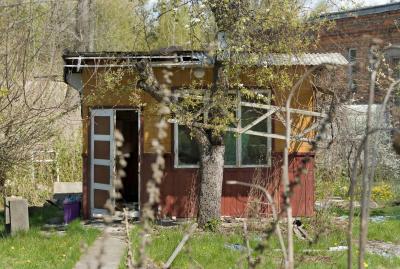
-
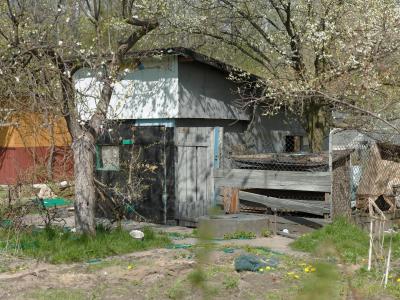
-
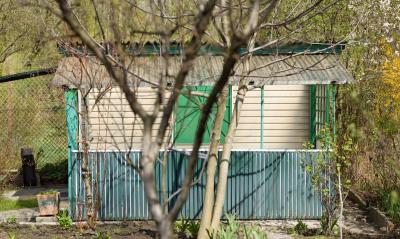
-
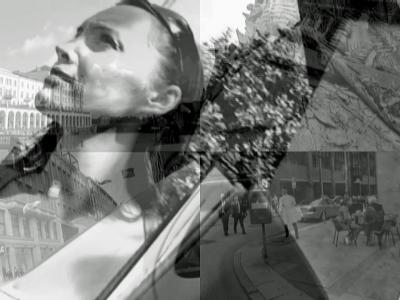
ZEITFLUG - Hamburg
-
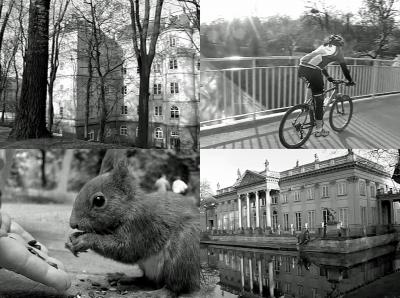
ZEITFLUG - Warschau
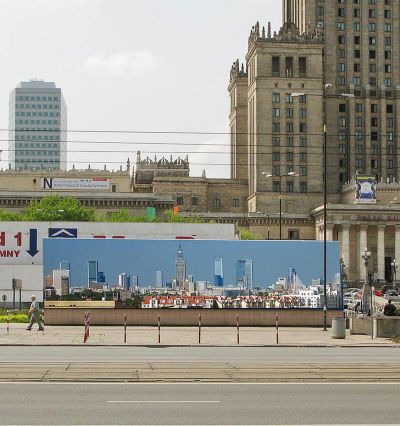
Szczygieł sees no problem in the fact that his Blow Ups also oscillate between the borders of commercial and artistic photography and superficially transcend them, despite the fact that this forces him to defend his works with art experts. His counterargument is typical for the generation which wrestled with the ideas of the French philosophers from the “École de Paris”. Indeed, directly after the Blow Ups, this led Szczygieł to start a new series of works that equally worked on the way we look at the subject: landscape. Here he talked about “post-modern romanticism” and quoted Jean Baudrillard’s differentiation between the “charm of the real” and the “magic of the concept”. His series of photos takes up Baudrillard’s homogenisation of signs – postulated equally on consumer goods and works of art in his left-wing orientated and Western Marxist early works – and puts them at our disposition particularly because, as far as the photographed objects are concerned, both systems overlap.
Urban Spaces
In 2005 Stefan Szczygieł began to change his thematic interests and moved out of his studio. His Urban Spaces project consists of large and medium-format photographs that correlate architecture and urban spaces, building complexes and arterial (i.e. communicating) roads. In contrast to other photographers from the Becher class in Düsseldorf (Thomas Ruff, Andreas Gursky, Thomas Struth, Candida Höfer, etc.), Szczygieł in no way portrays urban spaces, architecture buildings and external facades with documentary verve, but in a seemingly neutral, uninhabited and distanced way, that is always related to their everyday use (and wear and tear) by the people who live there; who cross the spaces and live and work within them.
This also differentiates his work from urban photos taken in the 19th and 20th century. True, Szczygieł knew of the famous documentary photographer, Eugène Atget (1857-1927), who captured the huge urban changes in his home city Paris around the turn of the 20th century, and the documentary work of Berenice Abbott (1898-1991) on the renewal of New York in the 1930s and 40s, but these only served him as a contrast to his own ideas of landscape photography. In comparison with other documentary photographers Stefan Szczygieł’s interests were mainly focused on cultural and sociological themes. He revealed the relationship between consumer and aesthetic values and the change in the circumstances of objects and spaces as a result of their use and wear and tear, before submitting his results for discussion.





